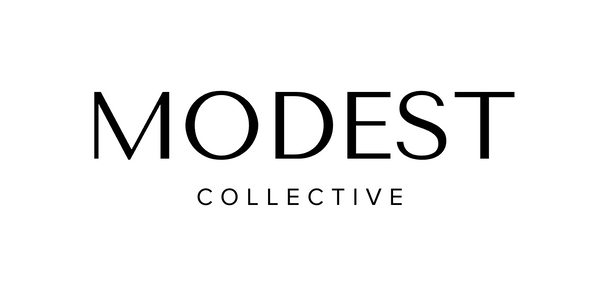For hijabis, maintaining healthy hair underneath a hijab is essential, even though it's covered for most of the day. Here are some practical tips to ensure your hair stays nourished, strong, and beautiful under your hijab.
1. Wash and Condition Regularly
Even with a hijab, it’s important to stick to a regular hair-washing schedule. Opt for a gentle, sulfate-free shampoo to cleanse your scalp without stripping it of natural oils. Follow with a hydrating conditioner to keep your strands soft and manageable. Washing your hair every 2–3 days helps prevent oil and product buildup, which can lead to an itchy scalp.
2. Choose Hijab-Friendly Fabrics
The fabric of your hijab plays a significant role in your hair’s health. Opt for breathable materials like cotton, chiffon or bamboo for everyday wear to reduce friction and minimize hair breakage. For special occasions, consider using satin or silk hijabs, which are gentler on your hair and help retain moisture.
3. Let Your Hair Breathe
Whenever possible, give your hair some time to breathe. At home, let it down to allow airflow to your scalp. This prevents excess moisture from being trapped, which can sometimes lead to issues like dandruff or hair thinning.
4. Dry Your Hair Thoroughly
Always make sure your hair is completely dry before putting on your hijab. Wearing a hijab over damp hair can cause discomfort and may lead to fungal infections or unpleasant odors. Use a microfiber towel to absorb excess moisture and minimize frizz, followed by air-drying or a cool setting on your blow dryer.
5. Moisturize Your Scalp
A well-moisturized scalp is key to healthy hair. Use lightweight hair oils such as argan or jojoba oil to nourish your scalp without leaving a greasy residue. Apply a few drops to your scalp and massage gently for improved blood circulation.
6. Protective Hairstyles
Wearing your hair in loose, protective styles like a low bun or braid can prevent tugging and pulling on your roots. Avoid tight hairstyles under your hijab, as they can lead to tension headaches and traction alopecia over time.
7. Regular Scalp Massages
Scalp massages not only feel amazing but also stimulate hair growth by improving blood circulation. Take a few minutes each week to massage your scalp with your fingers or a massaging tool, using circular motions.
8. Deep Conditioning Treatments
Incorporate deep conditioning treatments into your routine at least once a month. Hair masks or deep conditioners provide extra nourishment, helping to repair any damage and maintain your hair’s strength and shine.
9. Balanced Diet and Hydration
Healthy hair starts from within. Ensure your diet includes plenty of vitamins and minerals such as biotin, zinc, and omega-3 fatty acids. Additionally, staying hydrated is crucial for keeping both your scalp and hair healthy.
10. Use Minimal Heat
Limit the use of heat styling tools like flat irons and curling wands to avoid unnecessary damage. When you do use them, always apply a heat protectant to shield your hair from high temperatures.
Taking care of your hair as a hijabi doesn’t have to be complicated. By following these tips, you can ensure that your hair remains healthy and strong under your hijab.
For more style and care tips, read our other blogs on The Modest Collective. 💫

